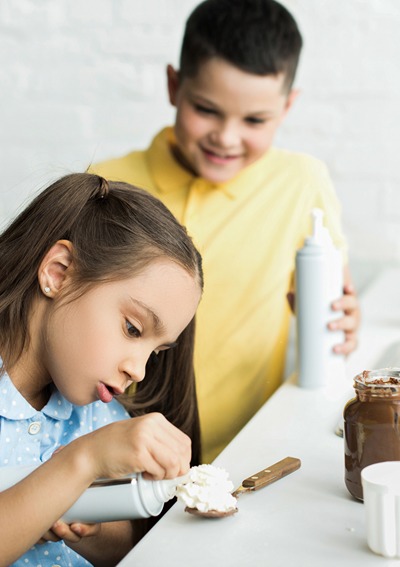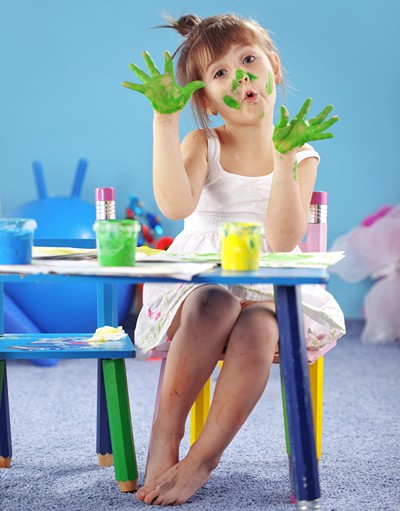Speech Therapy for Stroke and Traumatic Brain Injury
Speech therapy is a transformative tool for individuals recovering from stroke and traumatic brain injury (TBI). These conditions can disrupt the brain’s ability to manage speech and language, but with targeted therapy, significant improvements are possible.
We’ll explore the role of speech therapy in recovery, the techniques used, and what patients and their families can expect. We’ll also discuss the benefits of early intervention and the importance of ongoing support in the rehabilitation process.
The Role of Speech Therapy
Speech therapy, conducted by speech-language pathologists (SLPs), focuses on helping individuals regain their communication skills. Working closely with neurologists and other healthcare providers, SLPs develop personalized treatment plans. The ultimate goal is to restore as much speech functionality as possible. It’s important to note that the goal of speech therapy is not limited to restoring basic communication. It also encompasses helping adults and children overcome speech difficulties in a manner that is supportive and individualized to each patient’s needs.
Understanding Stroke and TBI
To understand how speech therapy helps, it’s crucial to grasp the basics of stroke and TBI. A stroke occurs when blood flow to a part of the brain is blocked, causing brain cells to die. TBI typically results from a blow to the head, leading to brain damage. Both conditions can significantly impair the brain functions responsible for speech and language.
Techniques Used in Speech Therapy
SLPs employ a variety of techniques to assist stroke and TBI patients:
- Language Intervention: Exercises to improve language skills, such as word retrieval and sentence formation.
- Articulation Therapy: Activities that focus on improving the clarity of speech.
- Voice Therapy: Techniques to strengthen vocal cords and improve voice quality.
- Swallowing Therapy: Since speech and swallowing are related, some therapies address both issues simultaneously.
- Cognitive-Communication Therapy: Helps with thinking skills like attention, memory, and problem-solving, which are essential for effective communication.
The Importance of Early Intervention
Timing is crucial in speech therapy. Early intervention can lead to more positive outcomes. The brain has a remarkable ability to adapt, a phenomenon known as neuroplasticity. By starting therapy as soon as possible, patients take advantage of this adaptability, maximizing their potential for recovery.
The Journey of Recovery
Recovery is a unique journey for each individual. Some may see rapid progress, while others may experience a more gradual improvement. Factors influencing recovery include the severity of the stroke or injury, the patient’s age, and overall health. No matter the pace, consistent effort in therapy sessions is key to improvement.
The Role of Family and Friends
The support of family and friends is invaluable during the recovery process. Encouragement, patience, and participation in therapy exercises can significantly impact a patient’s motivation and success. Simple activities, such as practicing speech exercises together or reading aloud, can enhance progress.
Case Studies
Understanding the real-world impact of speech therapy can be further enhanced by looking at case studies. For instance, a middle-aged stroke survivor who initially lost the ability to speak entirely made significant strides over a year of intensive therapy, eventually regaining the ability to hold conversations and participate in social activities. On the other hand, a young TBI patient was able to return to college after a tailored therapy program helped restore cognitive-communication skills.
Research and Future Directions
Ongoing research in the field of speech therapy is continually uncovering new methods and techniques that can enhance recovery. Studies focusing on neuroplasticity, for instance, are exploring how different types of stimulation can further aid the brain’s adaptability post-injury. Future directions may include more personalized therapy plans that are fine-tuned to the specific neural pathways affected in each patient, making therapy even more effective.
Technological Advancements in Therapy
Technology is playing an increasingly important role in speech therapy. Tools such as speech-generating devices, computer software, and mobile apps are being integrated into therapy sessions. These technologies can provide additional practice and support outside of traditional therapy hours, making it easier for patients to consistently work on their skills. Moreover, teletherapy has become a valuable option, especially for those who may have difficulty accessing in-person sessions.
Speech therapy offers hope and tangible improvements for those recovering from strokes and TBIs. With a mix of specialized techniques and early, consistent intervention, patients can reclaim their communication abilities. As we better understand the brain’s capabilities, the effectiveness of speech therapy continues to grow, offering a brighter future for many survivors.
How to identify speech language milestones and facilitate growth at home.









